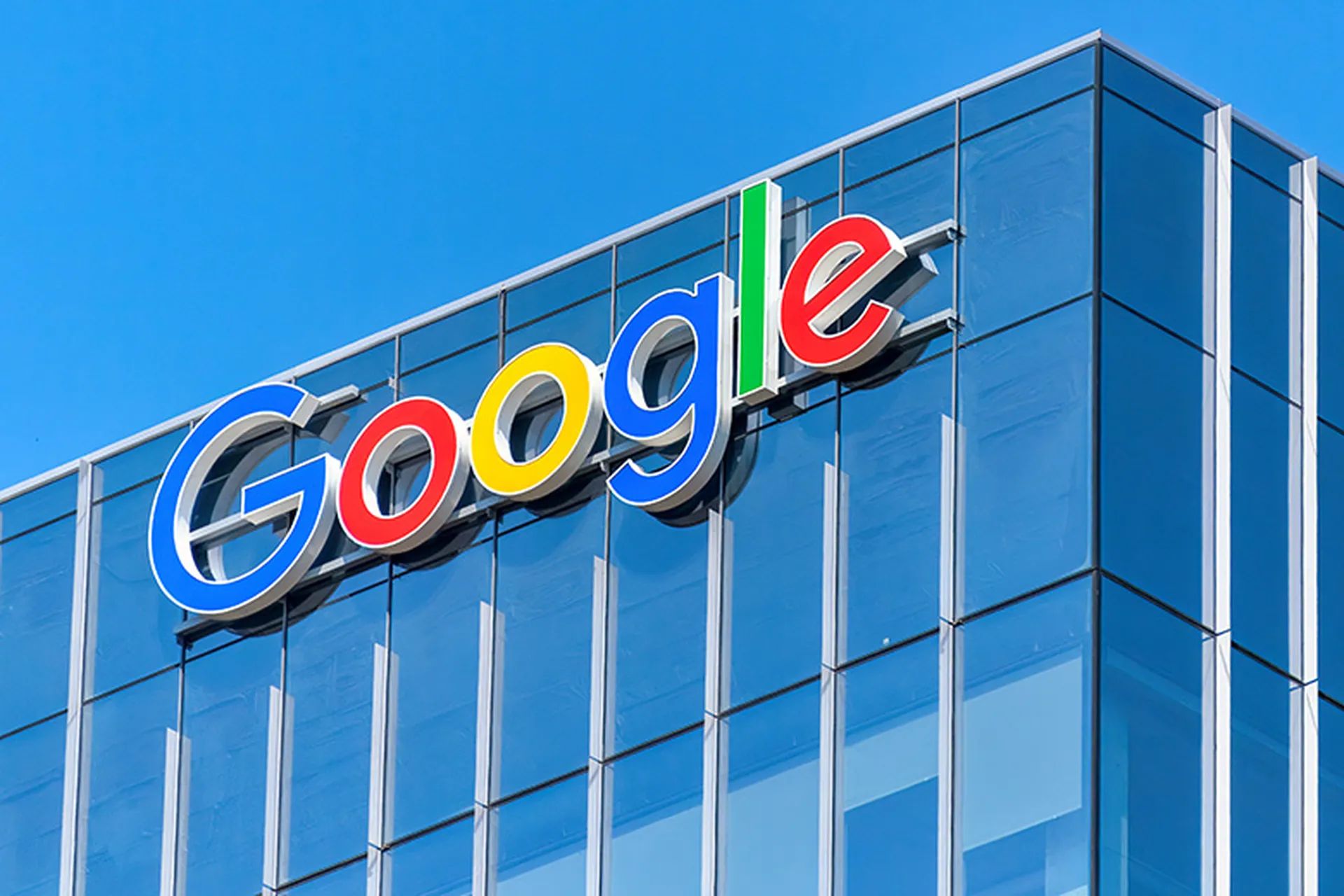- Nextool AI
- Posts
- Google’s Next Data Center? Outer Space.
Google’s Next Data Center? Outer Space.
Plus: Microsoft launches its own AI image model + AI agents you can use to automate all your tasks (a 3+ hour masterclass)
Today, we’re looking at Google’s most ambitious AI infrastructure play of building solar-powered satellite constellations to run machine learning in space. We’re also looking at Microsoft’s quiet shift away from OpenAI with the launch of MAI-Image-1, its first in-house image generator.
In today’s post:
AI in space? Google’s working on it
Microsoft launches its own AI image model
AI is about to supercharge cybercrime
What’s Trending Today
AI agents | Learn how to build them
🚀 2-in-1 AI Masterclass on exclusive plug-n-play AI Agent : Inside the AI Lab
Step into the future of automation!
In this exclusive session, you’ll learn n8n — the no-code workflow tool powering next-gen automations — and explore 12+ Advanced Plug n Play AI Agents built for real-world roles like Sales, Branding, Consulting, and Support.
💡 What you’ll see inside:
✅ How AI Agents automate business tasks in minutes
✅ How n8n connects tools, APIs, and data — no coding required
✅ Live demos of pre-built Plug n Play Agents ready to customize
🎯 Join and experience how businesses are scaling with AI.
👉 Register Now and take your first step into AI-powered automation.
BREAKTHROUGH
Google is building AI data centers in orbit

Image Credits: Google
Google Research just shared a moonshot vision that sounds straight out of sci-fi: solar-powered satellites with TPUs, trained and networked in space. It’s called Project Suncatcher and it could change where and how we compute at scale.
Here’s everything you need to know:
The concept is simple but bold: use constellations of solar-powered satellites to run large-scale machine learning.
Why space? A satellite in sun-synchronous orbit gets up to 8x more solar energy than panels on Earth.
These satellites would use free-space optical links to talk to each other essentially beaming data across space at terabit speeds.
Google’s already tested a prototype link that hit 1.6 Tbps on par with terrestrial data centers.
They’re flying satellites in tight formation, just 100–200 meters apart, to make this possible.
Radiation is a challenge, but Google's Trillium TPUs held up well under space-like conditions.
If launch costs drop as expected, this could become economically viable by the mid-2030s.
This is the kind of long-term, high-risk research that tech companies rarely commit to anymore. It may take years even decades to fully realize. But if it works, space-based compute could help us leap past the physical and environmental limits of Earth. It’s a moonshot worth watching.
LAUNCH
MAI-Image-1 is fast, photorealistic

Image Credits: MAI
Microsoft has released its first in-house image generator, MAI-Image-1, in Bing and Copilot. The model emphasizes speed and realism and marks a strategic shift in how Microsoft approaches AI infrastructure.
Here’s everything you need to know:
MAI-Image-1 is now available in Bing Image Creator and Copilot Audio Expressions.
It’s optimized for photorealistic lighting, nature, and food and excels at fast iteration.
The model is designed in-house by Microsoft AI, not OpenAI, a notable pivot.
It will also be used to illustrate audio stories in Copilot’s “story mode.”
While it’s live in the U.S., it hasn’t rolled out in the EU yet.
Microsoft also introduced MAI-Voice-1 and MAI-1-preview this year, showing steady investment in native models.
Despite this, Microsoft Copilot still runs on OpenAI’s GPT-5 by default, with Anthropic’s Claude models as user options.
MAI-Image-1 isn’t just a new tool, it’s a signal. Microsoft is building out its own AI model stack while still hedging with OpenAI. It’s a smart play: control the full pipeline, reduce dependencies, and compete more directly on product speed and specialization.
CYBER SECURITY
Google’s 2026 forecast shows security teams are outnumbered and outpaced

In its latest cybersecurity report, Google outlines how AI is reshaping both attack and defense and why 2026 may be a tipping point. From cloned voices to shadow agents, the threats are getting faster, more automated, and harder to detect.
Here’s everything you need to know:
AI isn’t just powering defenses, attackers are now using it to scale social engineering, clone voices, and automate phishing.
Prompt injection is emerging as a serious threat, turning LLMs against their safeguards.
Security teams will have to manage not just people, but AI agents with task-based privileges and digital identities.
Analysts won’t comb through logs, they’ll audit what AI tools decide to contain or escalate.
Criminals are flocking to uncensored underground models, bypassing the safety rails of public platforms.
Shadow IT now includes AI: employees quietly using LLMs at work can create major data risks.
Ransomware and data extortion attacks are growing, often combining encryption with public shaming.
AI is turning cybersecurity into a race between speed and oversight. Defenders need new rules, not just better tools. And the biggest blind spot might not be the tech, it’s how quickly organizations adopt AI without understanding the new surface area it creates.
🚀 Founders & AI Builders, Listen up!
If you’ve built an AI tool, here’s an opportunity to gain serious visibility.
Nextool AI is a leading tools aggregator that offers:
500k+ page views and a rapidly growing audience.
Exposure to developers, entrepreneurs, and tech enthusiasts actively searching for innovative tools.
A spot in a curated list of cutting-edge AI tools, trusted by the community.
Increased traffic, users, and brand recognition for your tool.
Take the next step to grow your tool’s reach and impact.
That's a wrap:Please let us know how was this newsletter: |
Reach 140,000+ READERS:
Expand your reach and boost your brand’s visibility!
Partner with Nextool AI to showcase your product or service to 140,000+ engaged subscribers, including entrepreneurs, tech enthusiasts, developers, and industry leaders.
Ready to make an impact? Visit our sponsorship website to explore sponsorship opportunities and learn more!
